My Favorite B2B Email Marketing Examples and What Teams Can Learn
A Microsoft study found that people spend 15% of the workday checking email— that’s about six hours a week squinting at their inboxes. While many want that number to be lower, the truth is that email is still a valuable communication tool.

A Microsoft study found that people spend 15% of the workday checking email— that’s about six hours a week squinting at their inboxes. While many want that number to be lower, the truth is that email is still a valuable communication tool.
When I opt into an email list, it’s because I anticipate something of value in return: expert insights, a story or case study, a free trial, or an event invitation. Brands have a small window of opportunity to show their value in your inbox. If they can’t, they’ll land in the no man’s land of unsubscribe. If they can, they gain a seat at the table.
So, how can brands follow the latter path? I dove deep into my own inbox, spoke to email marketing experts, and explored top brands to bring you best practices for B2B email marketing success— with 10 examples of brands leading the way.
Table of Contents
- What is B2B email marketing?
- What makes a great B2B marketing email?
- B2B Email Marketing Tips from the Experts
- 10 B2B Email Marketing Examples to Learn From
What is B2B email marketing?
B2B (business-to-business) email marketing is the practice of using email campaigns to promote products, services, or messaging to other businesses instead of individual consumers. B2B email marketing is typically partially or fully automated through an email marketing platform like HubSpot, with varying levels of sophistication and personalization.
B2B marketers use email marketing for several purposes: to reach and nurture leads, onboard new clients, build brand loyalty, share product tips and updates, and cross-sell and upsell. All in all, B2B email marketing is a valuable channel because it allows brands to initiate a conversation where professionals spend the most time— their inbox.
What makes a great B2B marketing email?
No matter which type of B2B email you’re creating— newsletters, welcome emails, drip campaigns, or sales prospecting emails— any marketing email worth its salt should have these three components.
1. Personalization
94% of marketers say personalization increases sales, and 96% say it leads to repeat business. But personalizing emails takes more than adding their first name to the salutation.
Use segmenting and signal-based intent to send dynamic, personalized emails that can move a lead through the funnel. For example, reference a recent event a prospect attended or content they downloaded to continue the conversation. You can also personalize emails with dynamic content, for example, swapping out a case study relevant to that client’s industry.
2. Sharp Copy
Good B2B emails should be brief, relevant, and packed with value. The primary way that you showcase your value is with your words, aka copy.
“Well-crafted copy that resonates with the audience's needs and interests is vital. It should be concise, clear, and focused on providing value rather than just promoting products,” says B2B email marketing specialist and copywriter Joe Cunningham.
First, craft an intriguing subject line and pre-header to pique a reader’s attention. Then, don’t waste your reader’s time with fluff— you need to earn every open and click with great writing.
“Show busy potential clients or busy contacts that this is, in fact, worth reading, why it‘s worth someone’s time, and how it's going to fix a problem for them,” advises Cunningham. Telling stories and sharing the voice of the customer can also connect you to the audience.
3. A Strong Call-to-Action
No marketing email is complete without a clear call-to-action (CTA). Even a newsletter or thank you email should have a call-to-action! Many businesses make the mistake of leaving one out or putting too many in, confusing readers about what to do next.
Button text like “Read the blog” isn’t strong enough to convince someone to click. Write CTA copy that speaks to the value you offer, like “Learn how to save three hours a week” or “Book your free consult today”.
B2B Email Marketing Tips from the Experts
I’ve managed email marketing at a startup, a financial services company, and a university. I also interviewed two email marketing specialists about their secrets to email marketing success, and here are the best practices we all agreed on.
1. Keep it short.
More is not better when you have a specific goal for your content. "People are not going to read through a bunch of content,” says Destiny Loyd, Sr. Lifecycle & Email Marketing Manager for Apptio. “So as an email marketing manager, getting to the point is very important. You need to be able to get to the point within the first one to two paragraphs and give the call of action very early on to keep reader engagement.”
Keep the number of clicks as low as possible when asking someone to complete an action, and question whether you need readers to click away at all or whether you can share the key information in the email.
2. Segment your emails.
I’ve already stated how important it is to personalize your emails, and I’ll say it again. Segmentation, where you separate your email lists by audience, industry, or lead stage, lets you send only highly relevant, personalized content to each group.
So instead of having one big mailing list where you send company updates, segment your emails by audience: prospects, leads, current customers, suppliers, partners, and so on.
“List management is the boring part. It isn’t sexy, it’s not fun, and it can be time-consuming,” says Cunningham. “Segmentation requires a lot of strategic thinking with the data you're collecting and the data in your CRM, but it’s a huge opportunity to send more relevant and effective emails.”
3. Stop blasting your contacts.
There’s no right number to how often you should email B2B leads or partners— it depends on lots of factors. But we all know that many companies take email too far. When you send too many emails, you risk driving your audience away.
"Over-communicating can lead to disengagement,” warns Loyd.
Audit your emails by looking at analytics regularly. If your engagement or unsubscribes are below email marketing benchmarks, consider cutting down or consolidating the emails you send. You can also use standard suppression rules to streamline emails: for example, add a suppression list for registered attendees so you don’t keep asking people who have already registered to attend your event.
4. Centralize your email management.
I once worked at a university that audited how many emails students received from all the different university departments, and the results were eye-opening, to say the least. One key way to right-size your email sends is to coordinate your email marketing strategy across departments. Marketing, sales, customer success, and corporate communications may all send separate email journeys, inundating readers.
“I have been at places where anybody can request an email, and it makes it hard for others — or even me as the email marketing manager — to keep up with what's being sent out,” shares Loyd.
“Establish a point of contact and a regular meeting to talk about what's coming out of each department via email this month. Centralizing email requests is important because it will help you strategize, be more targeted, and help the company avoid over-emailing their database.”
5. It’s not about you.
"I think one of the biggest mistakes companies make is making emails too much about them — their news, their products — rather than focusing on what their audience actually needs or wants,” advises Cunningham. Instead of talking all about yourself, focus on the problems you are solving and the value you provide.
One simple way to do this is by using the second-person “you” to address readers and their pain points directly rather than using disconnected corporate speak. Consider how these subject lines hit differently:
- [Company] launches [product name] with innovative payroll solutions
- Sick of payroll errors? Alleviate payroll headaches with automated workflows.
6. Keep your brand and tone consistent across emails.
Your emails’ voice, tone, and branding should match across campaigns and any landing pages or content assets where you send them.
“If you send an email that‘s very straight to the point and simple to read and understand, then you drive them to a website that is not simple and easy, you’ll to lose them immediately because there’s a disconnect,” says Loyd. “Brand consistency plays a huge role in driving people down the journey and giving them a sense of familiarity and continuity.”
As a best practice, create a brand and voice guide for anyone creating emails to follow. Then, write on-brand email templates that your sales team or anyone else sending emails can adapt and share for individual emails.
7. Test different hooks, angles, and visuals.
Words and design matter in email marketing. As you write subject lines and body copy, make a practice of A/B testing different copy and visuals to gather evidence on what works best.
While marketers have some audience data and personas, creating great marketing content still requires a certain level of guesswork. You might be surprised by what resonates best, so stay curious and test often.
8. Use automation for smarter outreach.
Email marketing is, by nature, mass communication. To make it personalized, relevant, and timely at scale, look to automation. Setting automated campaigns means that once you set it up, you can send email marketing campaigns in your sleep. Here are three ways to approach automated email marketing.
Journeys
Journeys are an automated sequence of emails sent on a pre-set schedule. These are good for onboarding or nurturing campaigns to help them reach a long-term goal like retention or a purchase. The downside of traditional journeys is that once they start, you can’t adjust or personalize the content.
“Ensure that you're documenting the logic behind the journeys and all the criteria, triggers, exit criteria, and all of those things that go into that journey,” recommends Loyd.
Behavior-Based Drip Campaigns
Drip campaigns are individual emails or sequences triggered based on behaviors, also known as signals. Examples of signals could include downloading content, attending an event, completing a sales call, or logging into a platform.
Basing your emails on behavior ensures that you’re reaching prospects with the right message at the exact right time.
For example, if it’s a week into a prospect’s free trial period and they still haven’t logged into their account, it’s pointless to ask them to sign up since they haven’t tried the software yet. Instead, you can focus on educational content reminding them about the trial. After a signal like them logging into the account three times, you can switch to conversion campaigns.
AI-Powered Email Marketing Campaigns
Finally, you can power up drip and nurture campaigns with the power of AI. Instead of relying on broad segmentation, where leads are grouped based on shared characteristics, AI can analyze multiple data points to understand each individual's behavior and intent— and recommend content and campaigns based on the data.
For example, HubSpot’s team revamped their email marketing using first-party marketing data, enriched company data, and thousands of intent signals. They aimed to have AI determine each prospect’s goal and create the perfect messaging and piece of content to send to help them reach that goal. As a result of this hyper-personalization at scale, they saw a 30% boost in open rates, a 50% boost in click-throughs, and an 82% lift in conversions.
10 B2B Email Marketing Examples to Learn From
Great emails can be hard to find, so I’ve done the hard work for you. Each example from a B2B brand below showcases stellar copywriting, design, and relevance to their audience. I’ve given a teardown for why each email hits the mark and how you can emulate it.
1. Newsletter: The Hustle by HubSpot

I love a good newsletter that can bring me up-to-date on the week’s news and stories without disappearing into a doomscrolling cycle. One of my go-to emails for this is The Hustle.
With over two million subscribers, The Hustle brings together the week’s most interesting headlines, original business features, and video and podcast content into daily and weekly emails. I love discovering timely articles I didn’t know I needed, like an article on the business of Halloween theme parks.
What I like: While sprinkled with free resources from owner HubSpot, the purpose of The Hustle isn’t to sell. It’s to build an audience and share expertise from across marketing, sales, small business, and tech. The spot-on mix of original multimedia content and current events commentary keeps me coming back, week after week.
2. Newsletter: Coda

The Docket is the monthly newsletter for Coda, an all-in-one collaborative document editor and collaborative workspace. The newsletter combines product tips, updates, and useful content for knowledge workers. Coda’s in the process of being acquired by Grammarly (another brand with a killer email game!), so I’m looking forward to seeing how the brand and email content evolves.
What I like: Coda’s colorful design stands out among a sea of white-background content. The copy is always playful, with a few good workplace puns to keep learning light. I like the “Small things considered” section with visual, bite-sized product highlights (and an NPR-inspired title!).

3. Lenny’s Newsletter

When I asked my community what their favorite B2B emails are, a few people said they’re far more interested in following solo creators than brands right now. I tend to agree: people-led email content is booming right now. In tech circles, there’s one solo creator whose name comes up again and again: Lenny’s Newsletter.
Who is Lenny, you ask? Well, he’s just a guy— a guy who’s built an entire business around an email newsletter. Lenny Rachitsky, a seasoned product manager, launched a newsletter in 2020 sharing product thought leadership and interviews and it’s become the go-to product publication. His readership just topped one million email subscribers, including 18,000 paid accounts, a paid Slack community, podcast, and consulting.
What I like: Lenny’s Newsletter shares those rare senior-level insights from those in the trenches of building innovative products. He also shares his unique perspective and voice from inside the industry. The newsletter feels like a community, with frequent guest contributions and reader spotlights. It’s great inspiration for brands for how to put people at the center of your email marketing efforts.
4. Drip Campaign: Adobe

Adobe is one of my favorite brands, and that carries over to their email marketing. I never feel inundated by Adobe emails— there’s no fluff— and their content is always brief, visually crisp, and clear.
What I like: It’s no surprise that Adobe emails have excellent design, but I’m always delighted at the sharp copywriting with headlines like, “Docs on loc,” “Turn to-dos into ta-das,” and “Make taxes less taxing”. I also love the simplicity of having just one CTA. There’s no question or confusion about what the next step is.
5. Drip Email: Figma

As a design company, it’s no surprise that Figma creates delightful emails. As a Figma user, I like that the company keeps its emails few and far between but packed with value.
What I like: Figma keeps its value proposition clear throughout the email content. It never simply tells you about a cool new feature; it tells you how it makes your life better or easier. The visual branding, clear designs, and fun illustrations are consistent throughout different emails and stay true to the playful, helpful voice of the brand.
6. Nurture Campaign: Circle

Circle is an online community platform that helps creators and brands engage their communities. When you join their email list, you’ll receive professional and relevant emails with original industry reports, event invitations, and inside tips like “How our top 10% of creators really build thriving communities”.
What I like: Circle’s emails bring consistent branding visuals and relevant content for community builders. I like that many of their emails come from a specific person on their team (like “Alexis at Circle”) so it isn’t just a faceless brand email. I also love how they use the voice of the customer. The nurture email above, for example, has just a short blurb and CTA, while three-quarters of the content features the voice of the customer through testimonial quotes.
7. Nurture Email: Beyond Meat

Why should SaaS companies have all the fun? Alternative protein producer Beyond Beef shows how brands in industries like food and agriculture can show up in a big way in emails.
What I like: Beyond Beef brings its bold, passionate, and sometimes irreverent brand voice to its email marketing. It uses appealing visuals and CTAs to stand out to its busy audience of restaurants and caterers.
8. Onboarding Emails: Perplexity


Perplexity calls itself the “world’s first answer engine,” and AI-powered, streamlined search alternative. Since Perplexity is a new category of tech, its onboarding sequence is crucially important to educate users on what they can do with the app before the free trial winds down. Nailing your onboarding emails helps you engage users and avoid churn.
What I like: Perplexity’s onboarding sequence contains seven emails (it’s in the subject line: 4/7, etc.) which walk the user through the best use cases of the app. They contain bright hero images and concrete product examples with images and prompts.
9. Offer Email: Squarespace

One of the common mistakes brands make is to cram too much into a sales email. Take at look at this offer email from Squarespace: by keeping it short and focusing on just one offer, incentive, and CTA, they raise the chance that the reader will convert.
This likely isn’t the first email Squarespace would send to a prospect. The reader has likely already received a drop campaign or completed a free trial and needs and incentive to buy.
What I like: Squarespace uses the power of urgency and scarcity to tempt a reader to buy a subscription. The email gives a percentage discount and an expiration date for the offer. Even the CTA copy (“Save now”) speaks to the tangible value of the offer.
10. Product Email: Notion

The organization tool Notion can do a thousand different things, and that level of overwhelm could turn users off. To combat that, Notion’s email marketing and product updates help users understand the best use cases for them.
What I like: Notion uses product GIFs to show its product in action and give examples of how someone could use the product. Its email designs are always simple and clear, in line with the brand.
Lessons in Email Marketing: How to Improve Your Email Game
When done right, B2B email marketing is still a powerful engine for engaging leads, nurturing relationships, and driving business growth. The best B2B marketing emails aren’t just delivering information; they’re creating value and helping clients solve problems.
Whether you’re just getting started or optimizing an existing strategy, I hope these B2B email marketing examples inspired you to craft better emails. Subscribe to a few of these brands’ email lists, and keep a swipe file of inspiring content to improve your own.
Look for an email marketing service and AI-powered tools to help you reach your goals. With personalization, sharp copywriting, and a clear call to action, you’ll engage your prospects and earn a seat at the table.
![]()

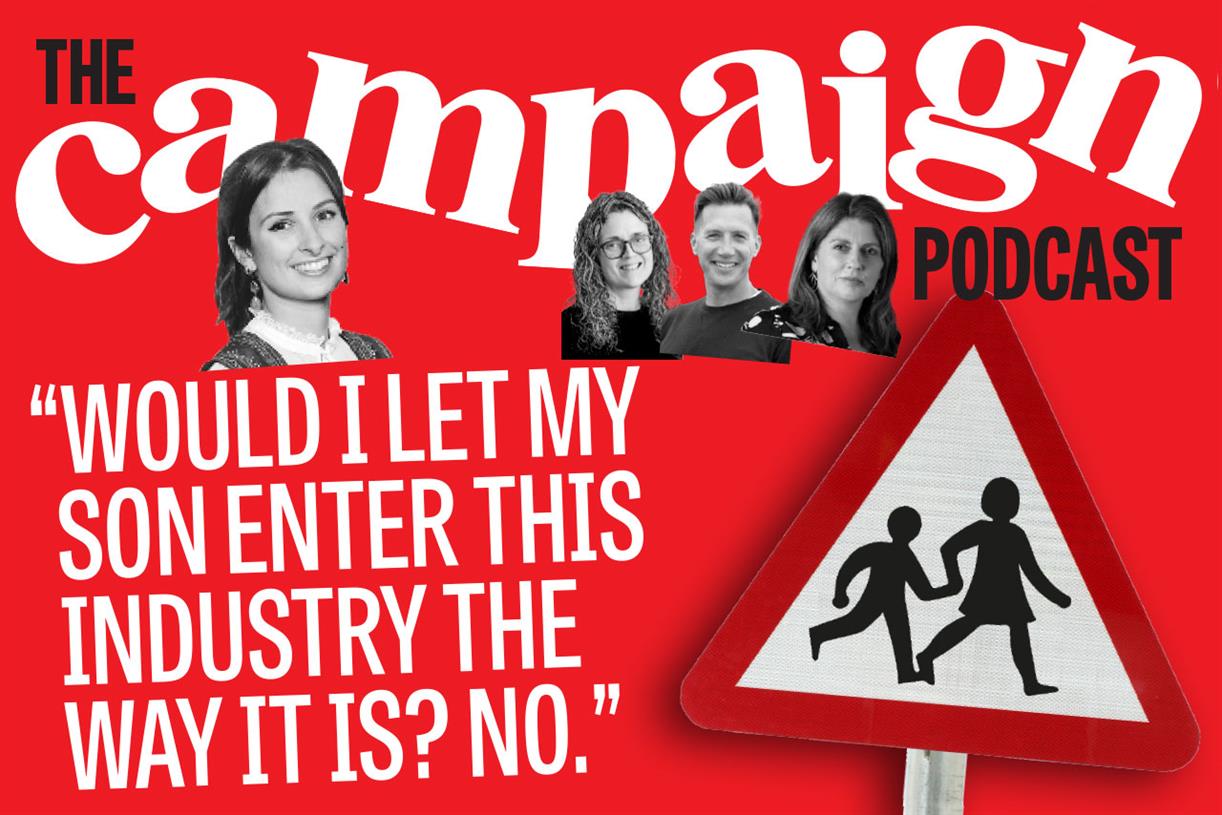

















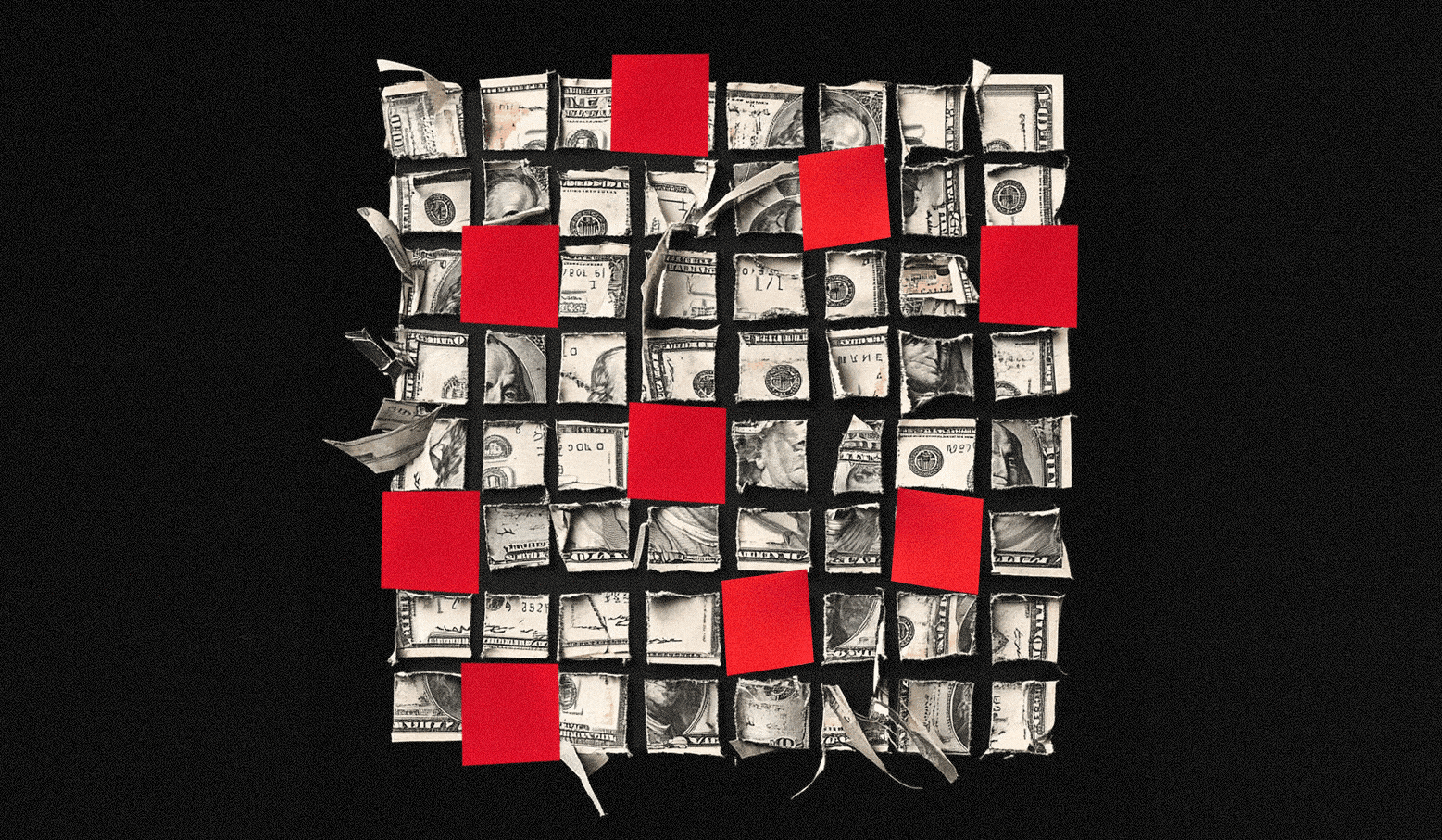

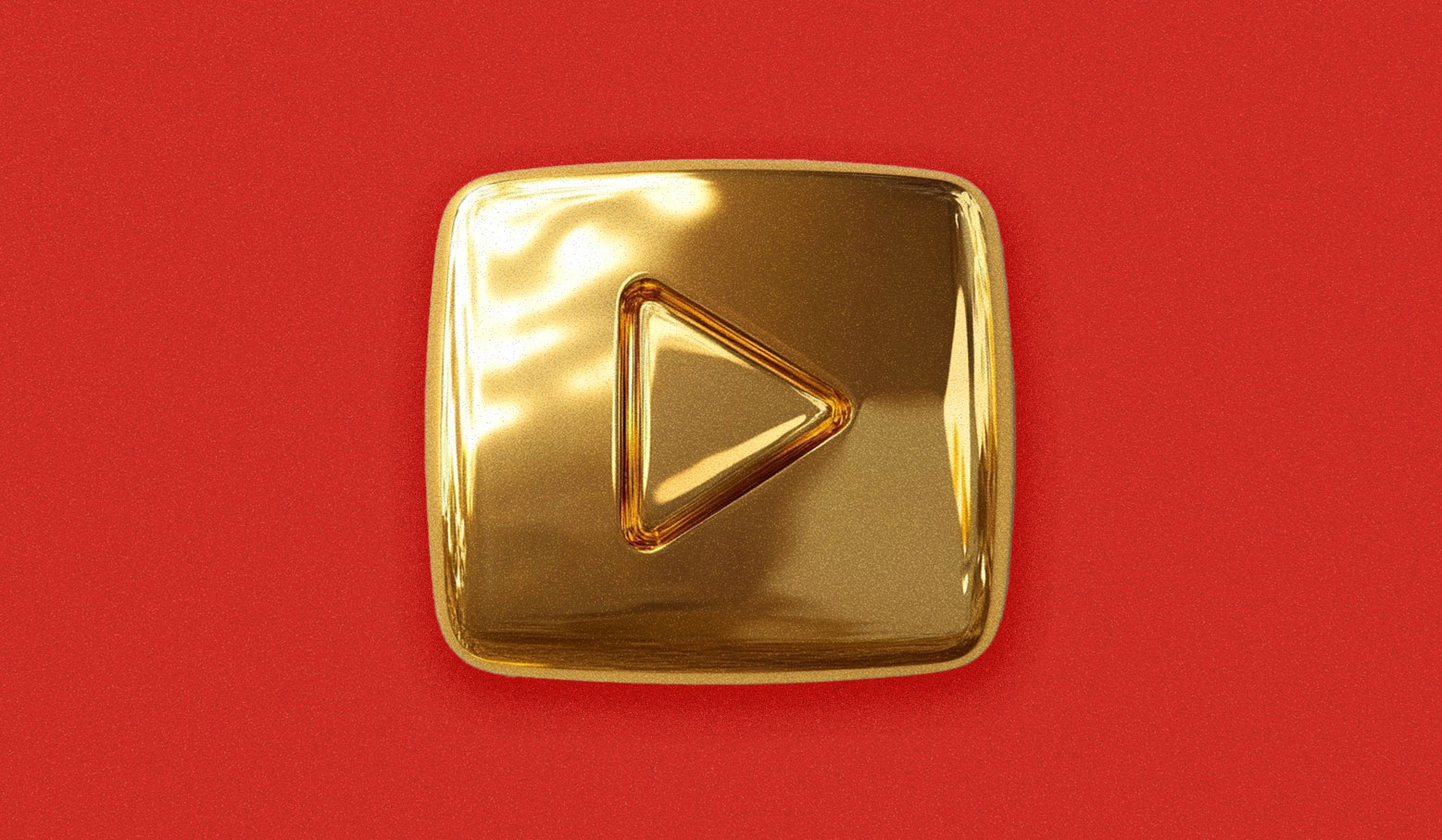








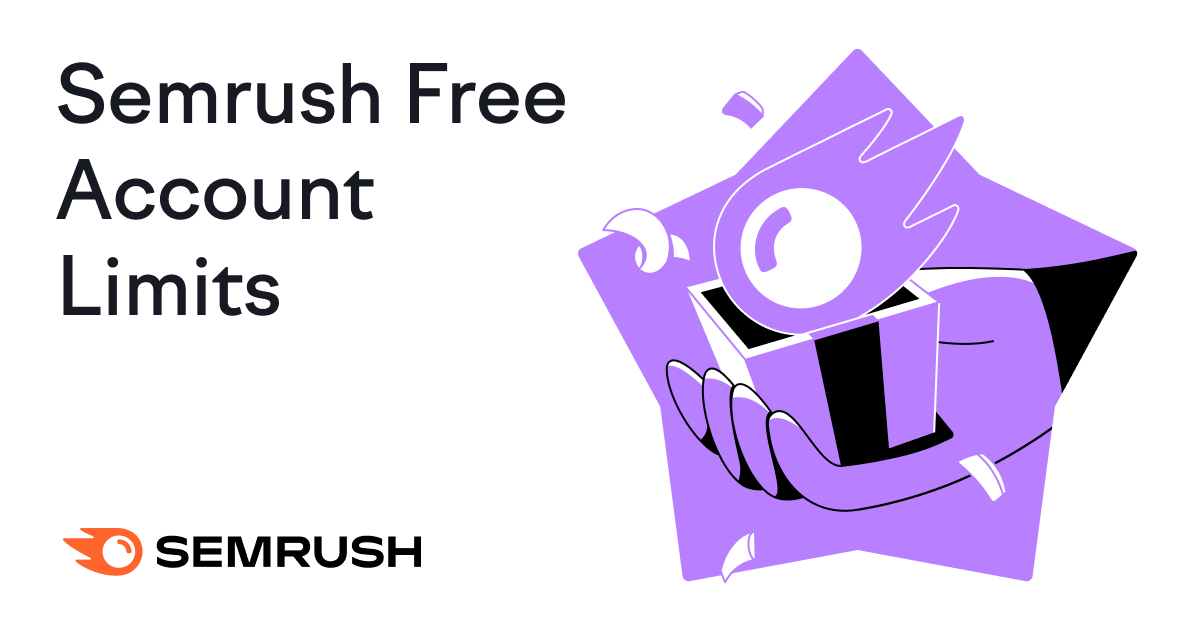

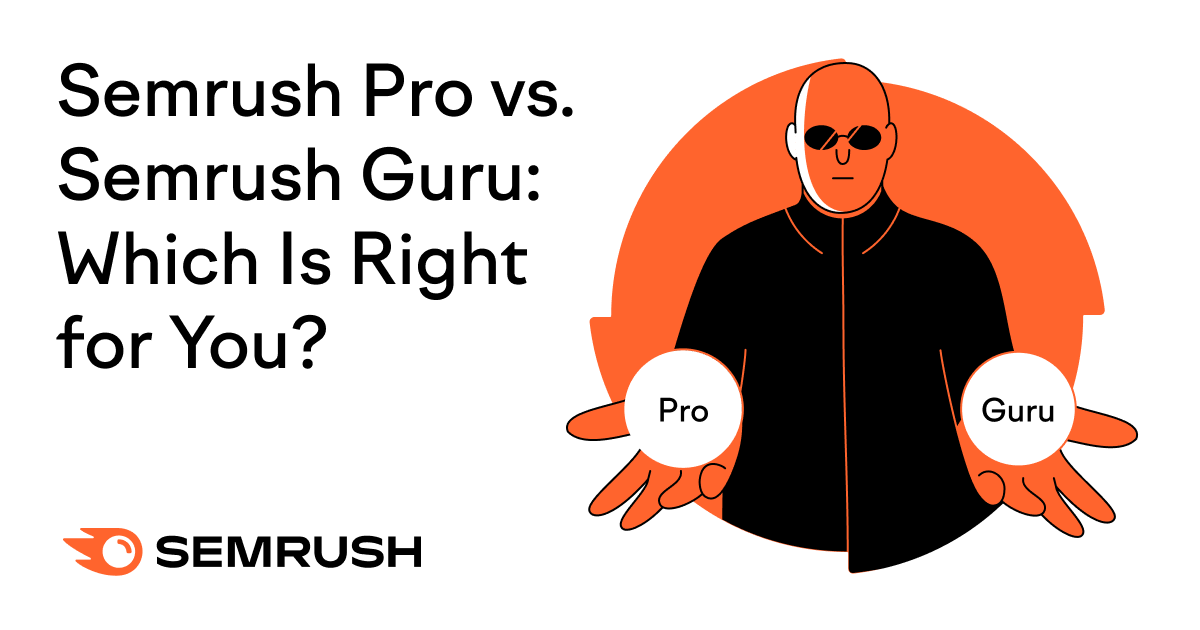
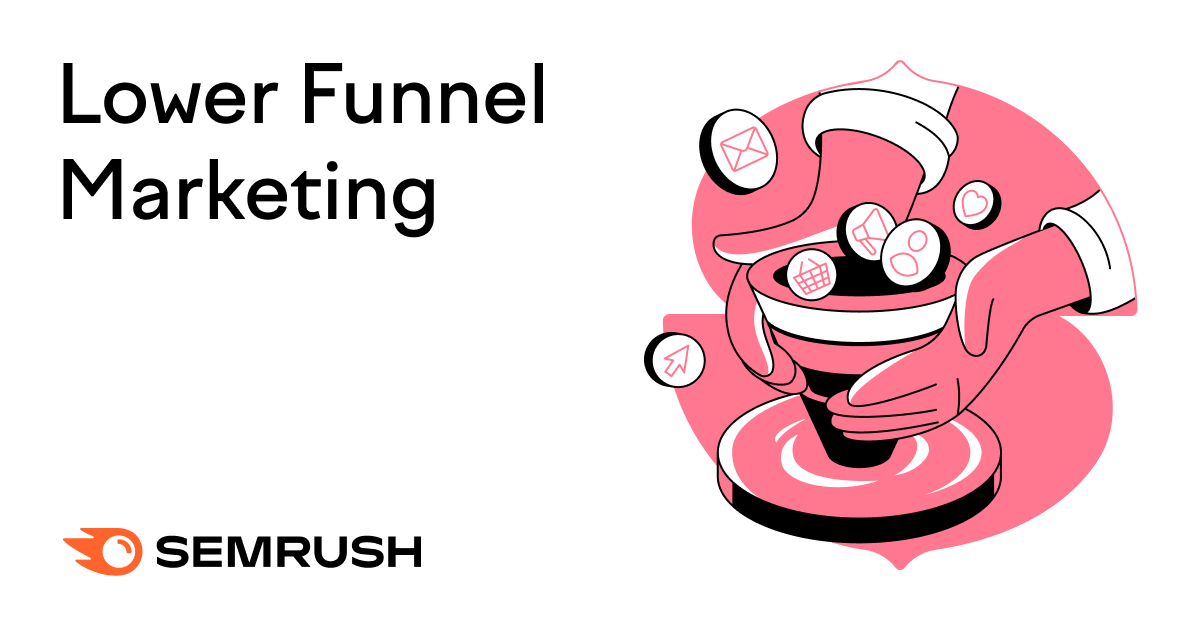


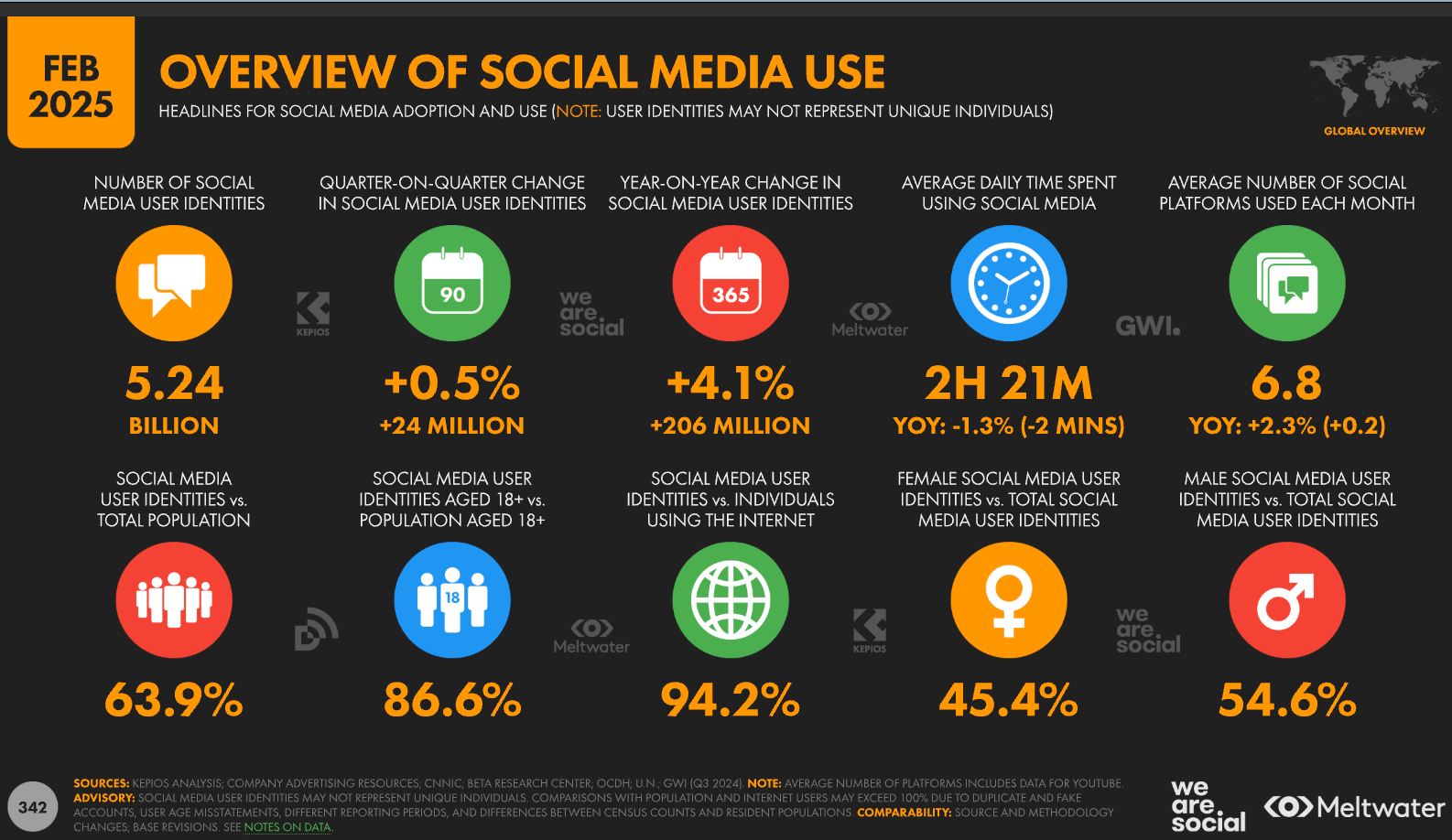











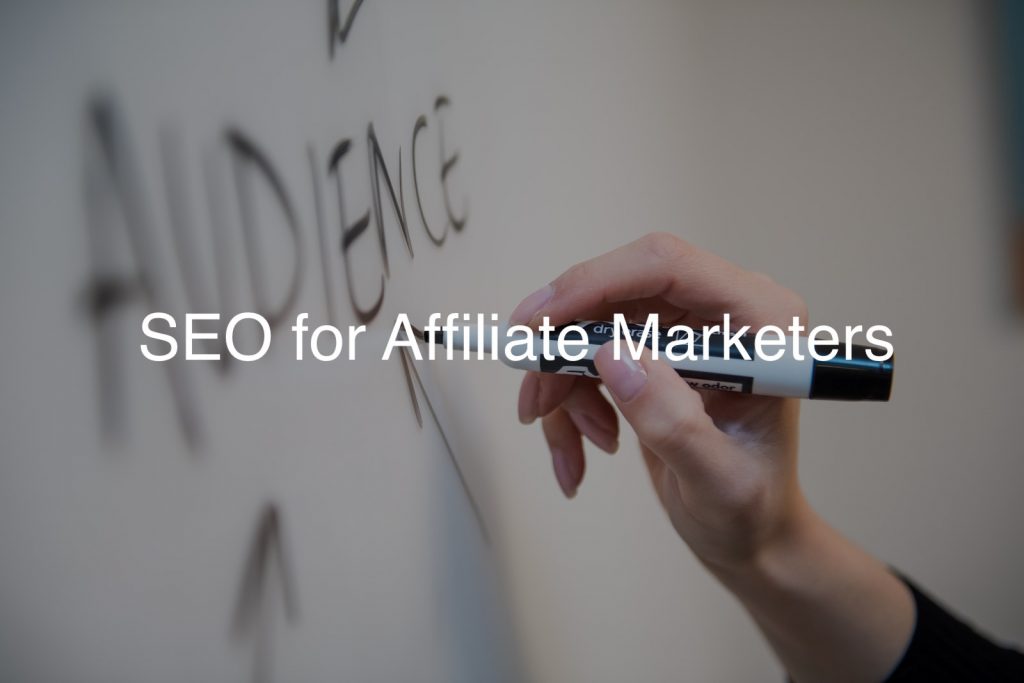
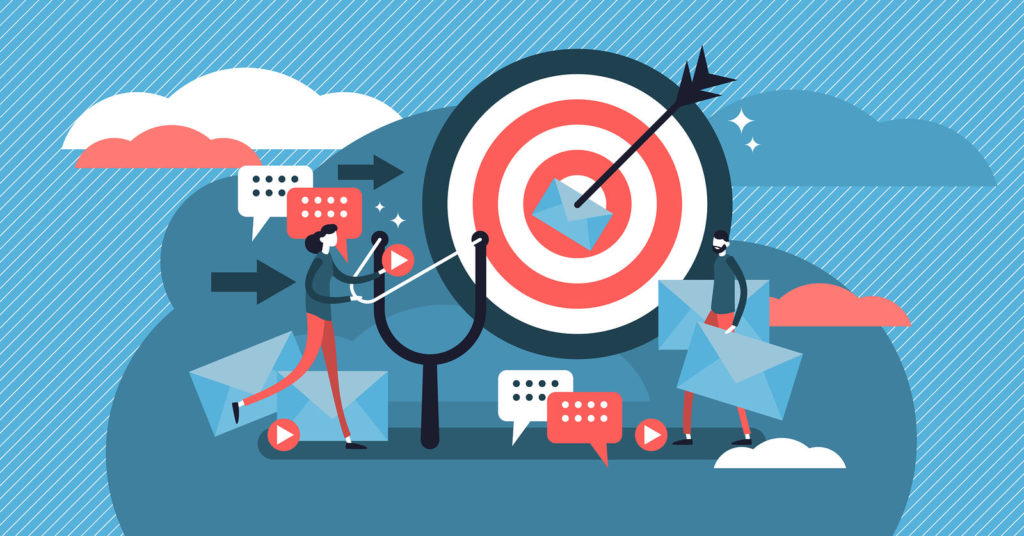
![The 11 Best Landing Page Builder Software Tools [2025]](https://www.growthmarketingpro.com/wp-content/uploads/2024/04/best-landing-page-software-hero-image-1024x618.png?#)





























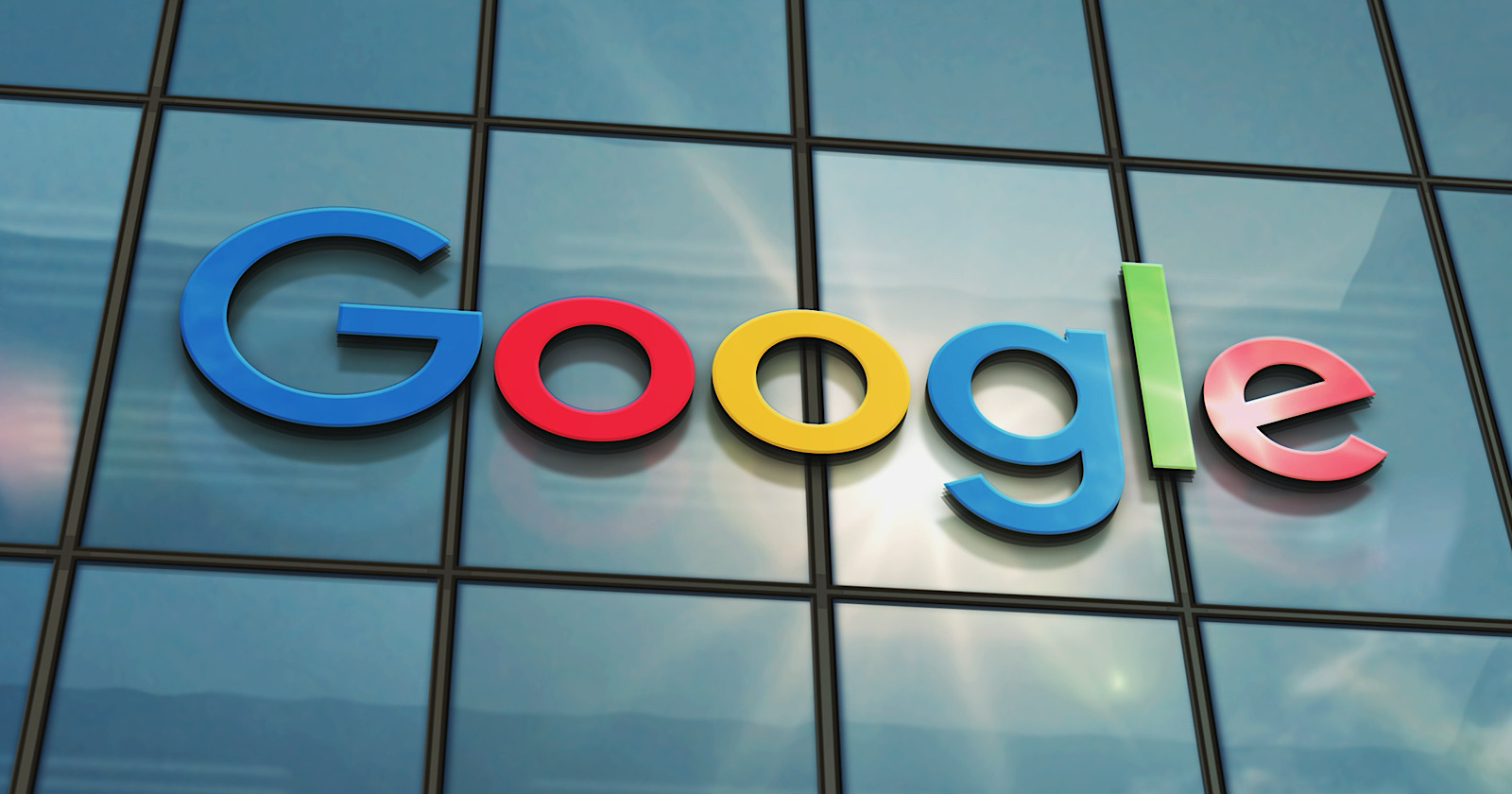



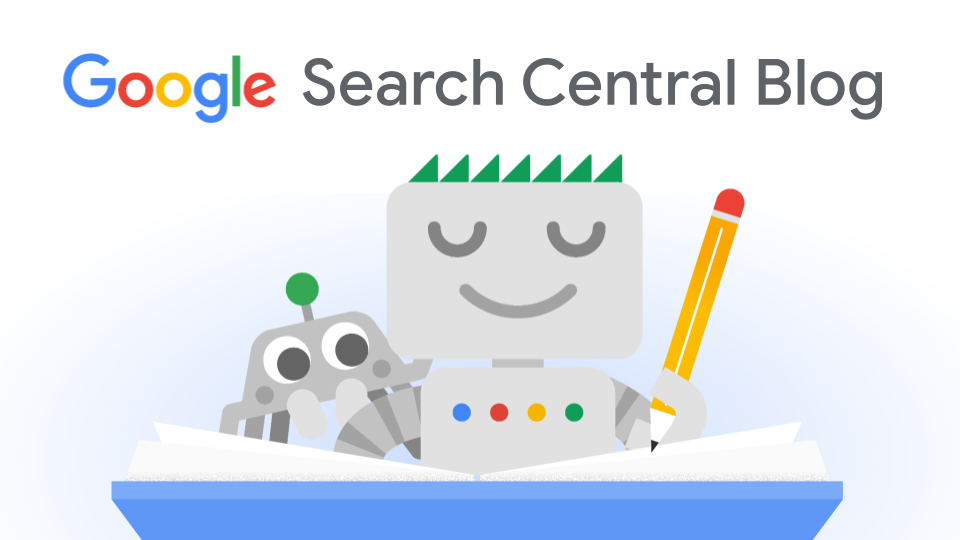



![What Is Generative Engine Optimization [Tips & Workflows To Do It]](https://moz.com/images/blog/banners/What-Is-Generative-Engine-Optimization-Tips-Workflows-To-Do-It-1.png?auto=compress,format&fit=crop&dm=1745607929&s=6f75f1f02c531af0f80acb12517c8bab#)









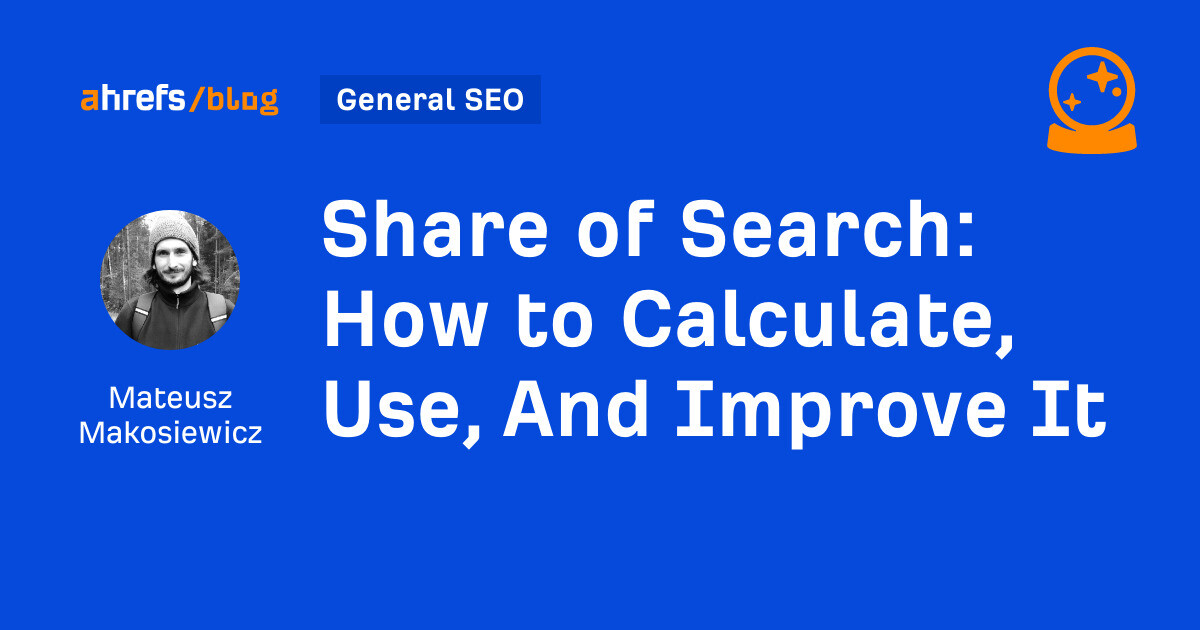

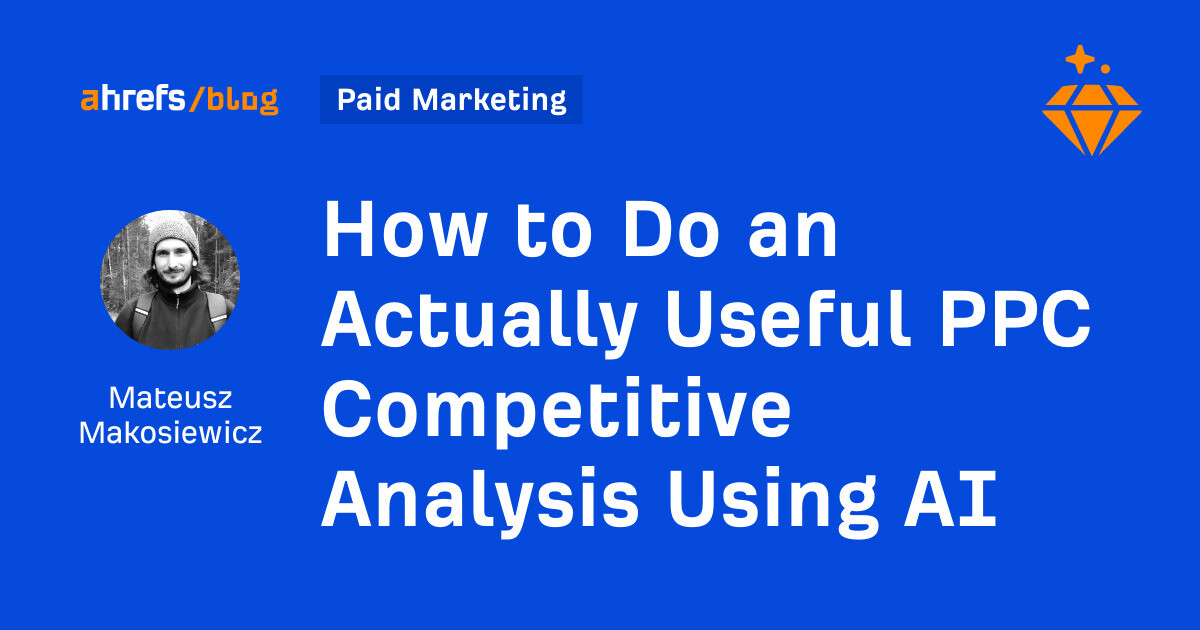
![8 Marketing Principles You’ll Wish You Knew When You First Started [Infographic]](https://imgproxy.divecdn.com/IrFUUizSVZJGsPem_wXXddL_nQGNvo8QImauGCOQCxo/g:ce/rs:fit:770:435/Z3M6Ly9kaXZlc2l0ZS1zdG9yYWdlL2RpdmVpbWFnZS84X21hcmtldGluZ19wcmluY2lwbGVzX2luZm8yLnBuZw==.webp)
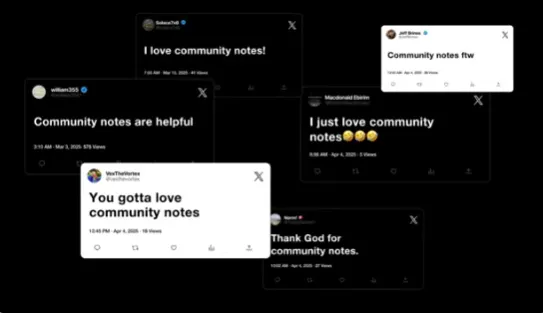
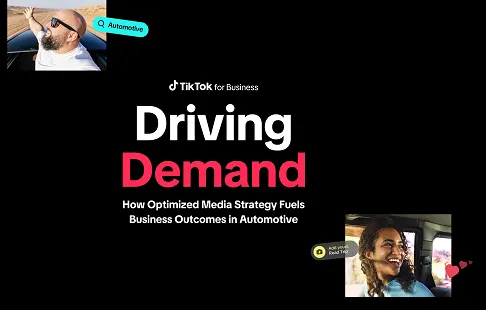












![Social media image sizes for all networks [May 2025]](https://blog.hootsuite.com/wp-content/uploads/2023/01/Social-Media-Image-Sizes-2023.png)

![X (formerly Twitter) vs. Threads: What brands need to know [data]](https://www.hubspot.com/hubfs/x%20vs%20threads.png)
![The best marketing campaigns of the year (thus far), what to learn from them, and why they worked so darn well [new data]](https://knowledge.hubspot.com/hubfs/marketing-campaigns-1-20250508-1357892.webp)


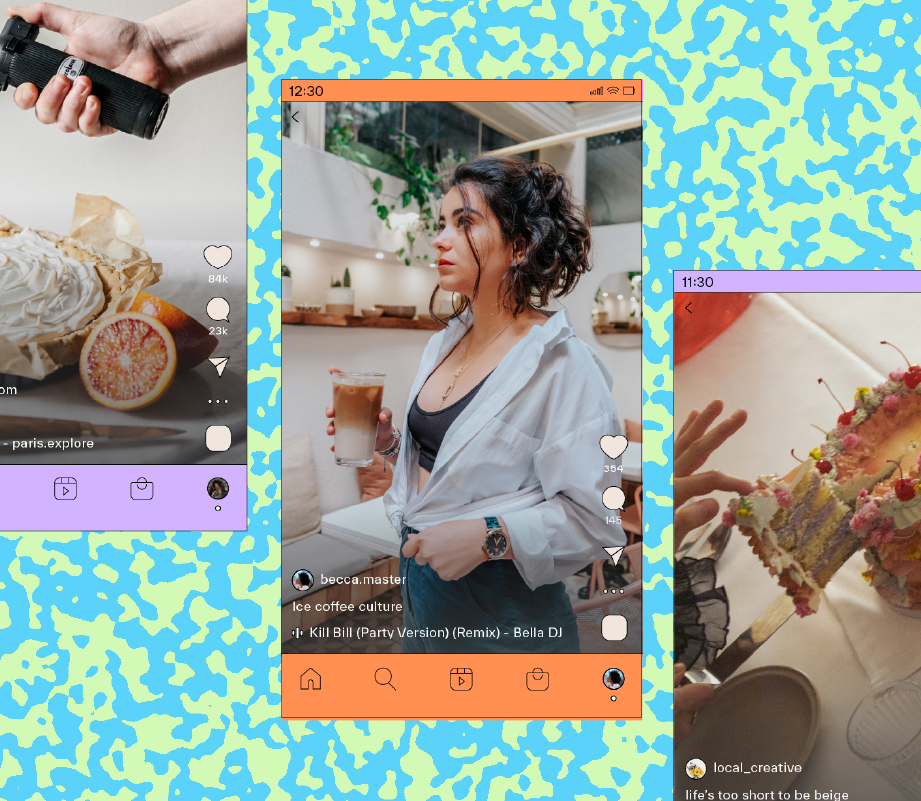


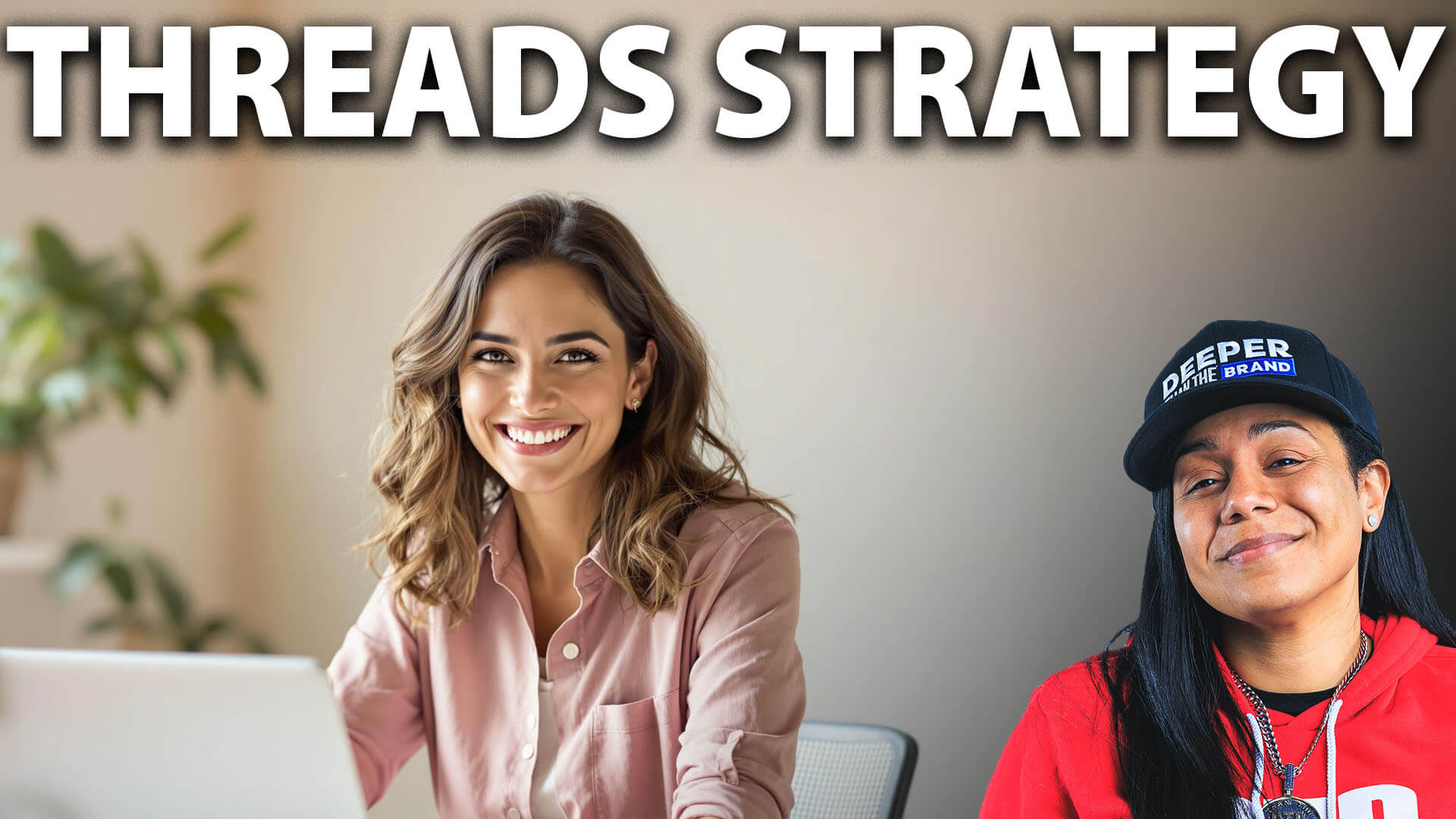
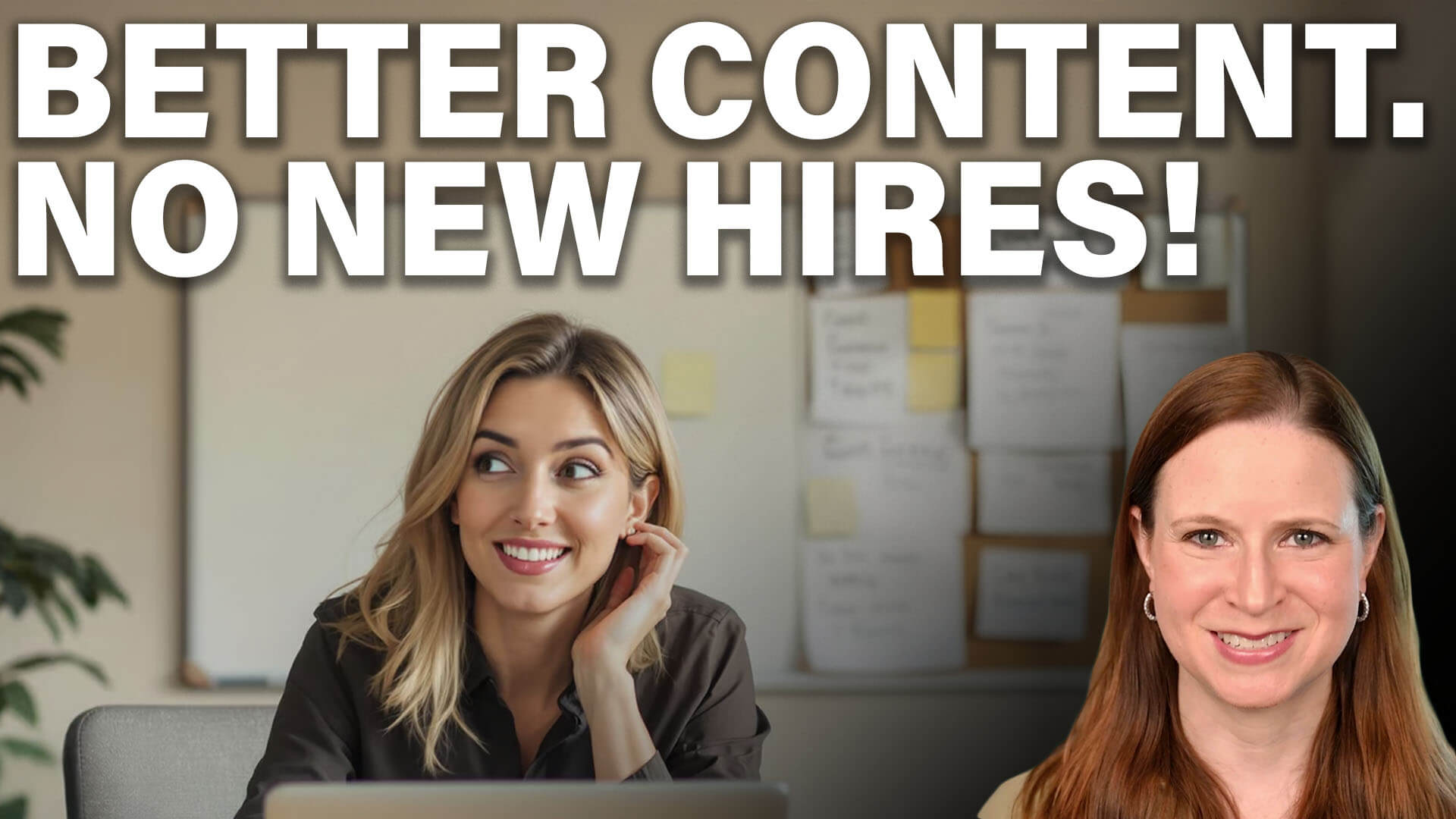






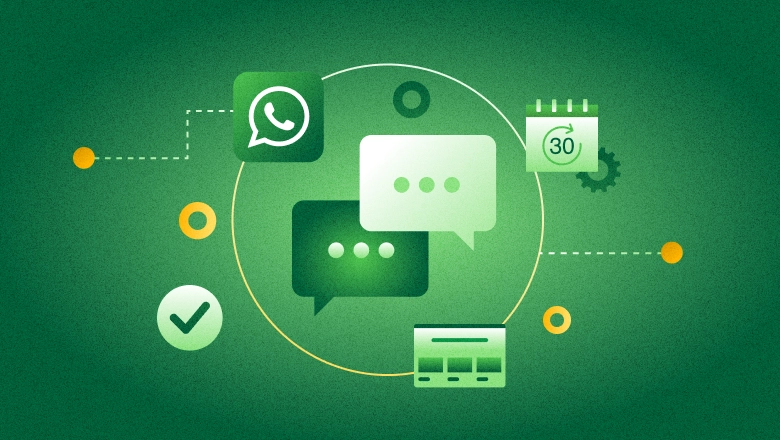


![→ Download Now: The Beginner's Guide to Email Marketing [Free Ebook]](https://no-cache.hubspot.com/cta/default/53/53e8428a-29a5-4225-a6ea-bca8ef991c19.png)
![The fastest growing social media platforms of 2025 [new data]](https://53.fs1.hubspotusercontent-na1.net/hubfs/53/fastest-growing-social-media-platforms.jpg)


